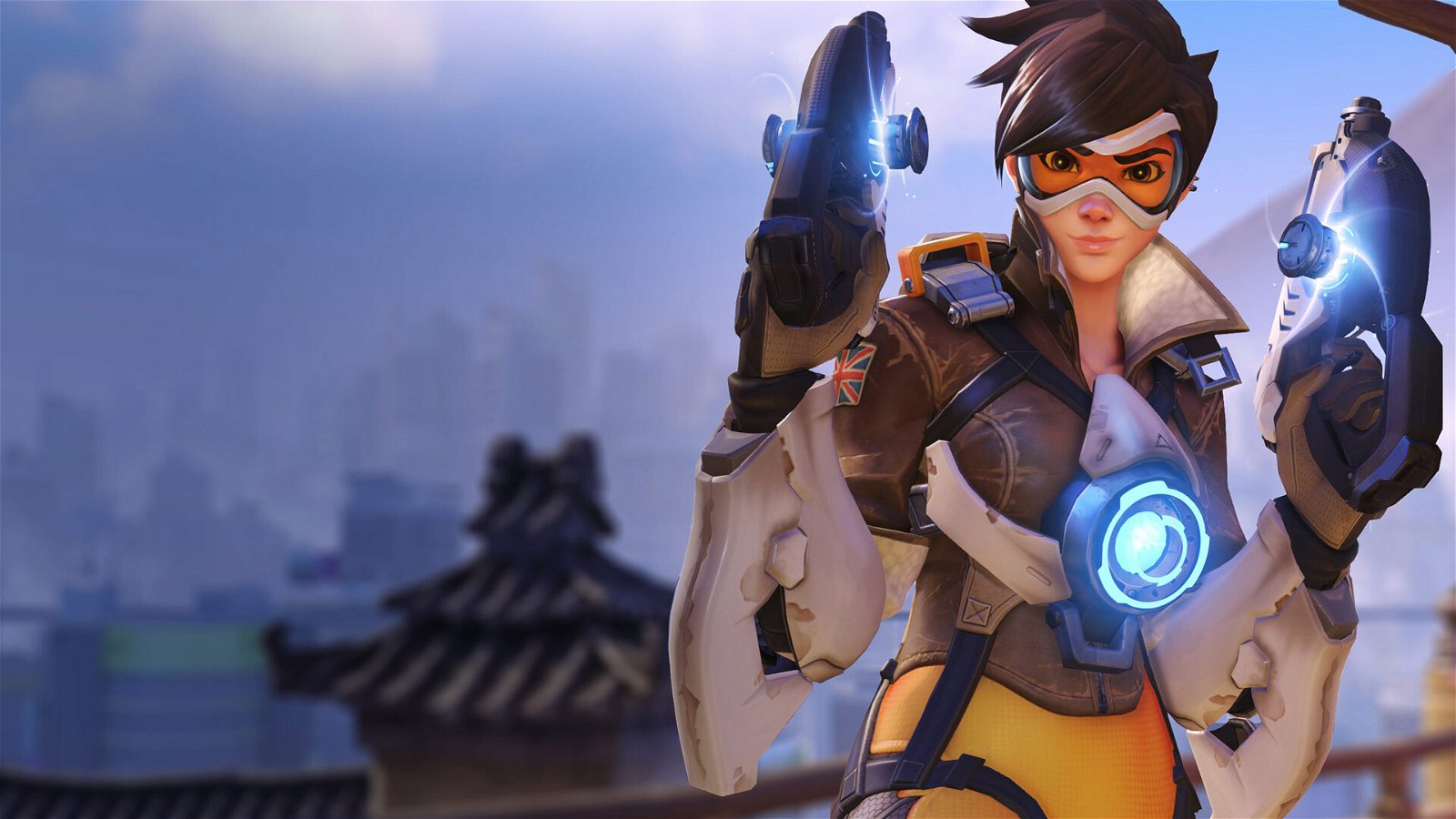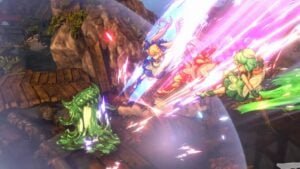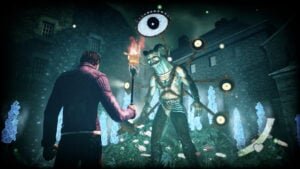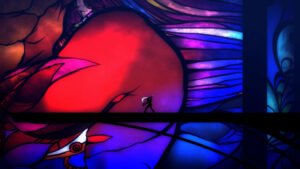Blizzard is a company that when they make a move into a new space, people take notice. Since the 90’s, Blizzard have made a name for themselves as a studio that knows how to build quality games players want to play. From the RTS powerhouse of StarCraft, to the MMO juggernaut of World of WarCraft, they are undeniably powerful in any space they choose to occupy. And now it seems that they are looking to make a splash in the team-based shooter space with Overwatch, and people are already starting to take notice.
Still only in Beta, players around the world are already invested in the new shooter from Blizzard. It has reached a point where even if Blizzard makes a change to a character’s stance, it will cause the internet to erupt with comments.
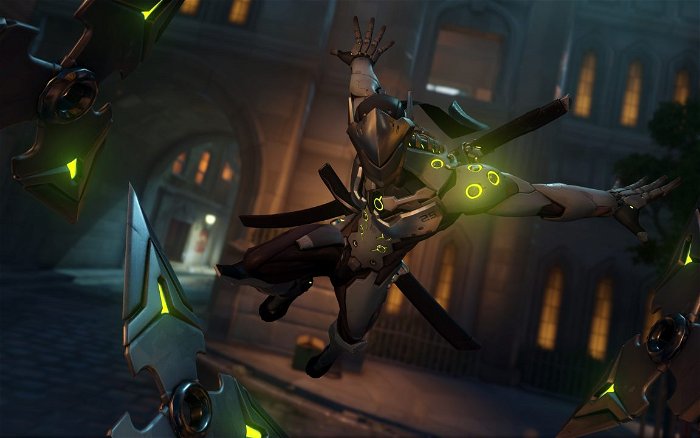
But what is it about this new IP that has people so enthralled, and what made Blizzard feel the time was right to jump into the shooter space? I was lucky enough to speak to Aaron Keller, Assistant Game Director for Overwath at Pax East 2016, and in a very candid interview, he delved into all questions I had about Overwatch and what fans could expect from the final product.
CGMagazine: How did the concept for Overwatch come to be? You’re known for real-time strategy games, how did you decide to enter into the shooter market?
Aaron Keller: We started the project about three years ago, which was just after we cancelled Project Titan which was a big project that Blizzard was working on. From the project we kind of created this team and on that team there are a lot of huge shooter fans. Primarily Jeff Kaplan, the game director, he’s been into first-person shooters his whole life, and he created mods for FPSs. So we kind of went into this ideation period and it was him and some of our other designers like Geoff Goodman who started to form this idea of a hero-based, team-based shooter. The rest of the team fell in love with the idea and we’ve kind of just been driving it ever since.
CGM: The art style seems very different from other Blizzard games. Where did that unique look come from?
Aaron Keller: There was a lot of work that we did early on, just with the art visualizations for it and our art director on the project, a guy by the name of Bill Petras. He was actually the original art director on World of Warcraft. So it’s definitely unique and it stands out from the rest of the Blizzard art styles. But it kind of harkens back to a lot of them, especially Warcraft. We kind of describe it as very handcrafted and we also wanted it to be bright and vibrant. Overwatch is a new universe that we’re developing for the first time and we want it to feel inspirational and hopeful to players.
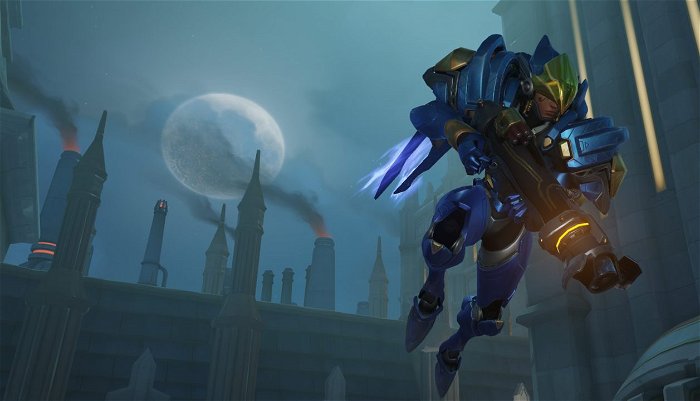
CGM: In terms of universe, will it be expanded beyond just the game? How will you expand the story so that players can get invested in these characters?
Aaron Keller: It’s really important for us to deliver a lot of story for this new universe. All the other Blizzard properties are really rich, deep, and diverse and we don’t want anything different. We are releasing a lot of content outside of the game. We’ve recently been releasing animated shorts, the most recent one went up a week ago, called “Alive.” We’re also releasing digital comic books and we’re working on a graphic novel.
CGM: Will there be anything in the game that will also expand the story?
Aaron Keller: There’s definitely elements inside the game. At its core, it’s a first person shooter, a multiplayer first person shooter, so there’s not a lot of story moments that can happen inside the game. But I’ve actually been shocked at the reaction to a lot of the heroes in the game. People fell in love with the heroes of Overwatch style=”font-weight: 400;”> before we released our first animated short and before we released our first digital comic and it’s just based off of the art of the characters and then the lines they have in the game and the way they respond to each other. So we’re doing our best in like five lines or so that a hero might be able to say in a game to convey as much about their personality and the story of Overwatch as we can.
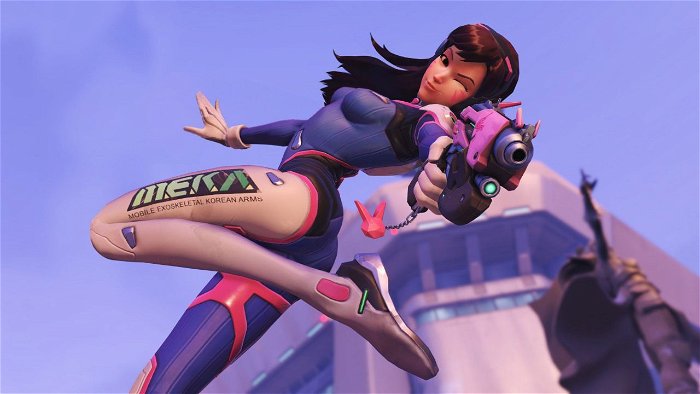
CGM: In terms of balancing, first person shooters are really known for each character having an advantage and disadvantage against other characters and that kind of balance. You guys are kind of known for Warcraft, so how was it, bringing that sort of new challenge into the development for Overwatch?
Aaron Keller: It’s really interesting because Blizzard has World of Warcraft style=”font-weight: 400;”>. It’s a great game but we also have a really long lineage of competitive multiplayer games as well with StarCraft, Heroes of the Storm and Hearthstone. So there’s a lot of depth and talent in the company for balancing games like this that we were able to draw on. We are trying to balance the heroes in the game to where they work for low-level players or newer players, medium skilled players, and high-level players all at the same time. We have a lot of statistics that we collect, we watch all of the tournaments that are being played and I think so far we’ve been able to navigate to the point where 21 heroes are balanced.
CGM: In terms of challenge for fan base, have you noticed the fans rallying around certain characters above others?
Aaron Keller: Oh definitely, and it kind of depends. There’s so many in there that people gravitate towards different ones. Some people get in the game and they’ll just play four characters, some people gravitate towards tanks and in the competitive scene, a lot of them are into the twitch, high-skill heroes like Tracer or Genji.
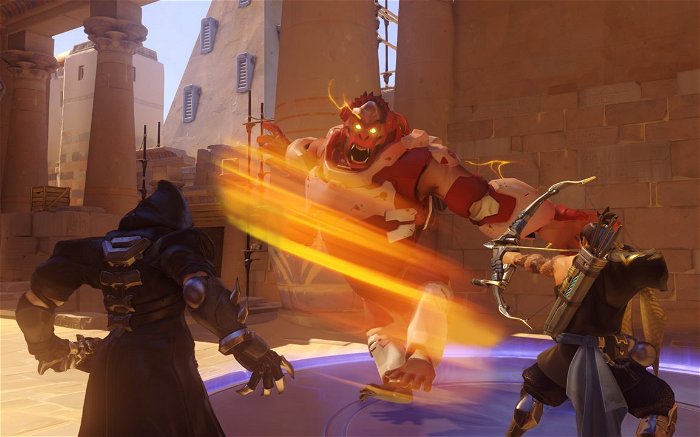
CGM: In terms of Tracer, I’m sure you were aware of the fan backlash to the pose change. Is it inspiring to you that they’ve latched onto the game this far from launch?
Aaron Keller: Yeah, it was pretty fascinating, too, because when that whole thing broke, the initial post was: “Hey look, I don’t think this pose is representative of who Tracer is as a character.” When you look at it, there’s not a ton of information out there on Tracer, it’s just what you’ve seen in game and that opening cinematic. The poster was absolutely right, actually—we agreed. The funny thing is, and it never really came out, but a week before that had even happened, I was talking to our lead animator, Ryan, and he was telling me the exact same thing. So we had already decided to change the pose, ‘cause it was just, it’s not that it was completely wrong, but we felt that, that pose could have just been more in-line with Tracer’s personality that we decided to change it.
CGM: Were there any challenges with building any certain characters? Were some just harder to make work in the universe?
Aaron Keller: Definitely. Some characters came together really quick. Tracer came together like (snaps) that and it was our first character so we were like, hey this is gonna be easy. But some of them gave us a ton of problems. Torbjörn, one of our defensive characters, he builds a turret. I think it probably took us about two years to get him just right. It was really hard to tune that guy to where newer players to the game could take on the turret and also make it useful for players that were really good.
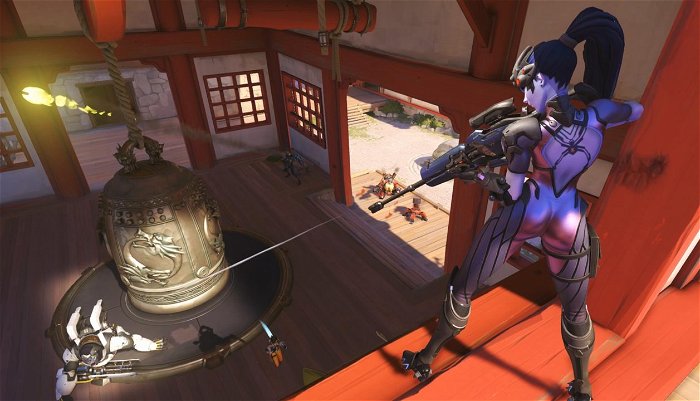
CGM: Why did those challenges take place? Was it just he was too over-powered or under-powered?
Aaron Keller: That was it. When you think about it, a turret is kind of like an auto-aim device. So how do you make something that you don’t have any control over as a player not too effective for low-level players but really effective for competitive players all at the same time? So it was kind of a tricky balancing act for us to navigate.
CGM: How did you overcome that?
Aaron Keller: What we ended up doing for that guy is we made it so that his turret wasn’t that powerful. We took some of the damage down, we took some of the health down and it’s still effective for him against lower levels and then to add to that, we made his primary weapon, his rivet gun, do more damage. So for a competitive player with great aim, they can lead people, they hit with it a lot and they’re really effective with it, but at the lower levels he’s not over-powered.
CGM: So moving forward, this is the lineup of characters that are going to be in the game—21? Why that number?
Aaron Keller: We didn’t have that number there from the start, we just said we want to make a bunch of heroes for this game. Our value was to make enough heroes that we could fill all of the roles. We have four different roles in the game. There’s offense, defense, tank, and support. We wanted to give players a variety of different play styles and play types for each one of those. When we hit about 16 or 17 heroes, the game started to feel really fleshed out, but there were gaps in it. Every time we added a new hero the game improved tremendously. There were whole new strategies to develop and so I think that 21 is not going to be the end of it, we’re going to continue making heroes.

CGM: So there are plans to expand on the universe?
Aaron Keller: Yeah, definitely. We’re going to add new heroes and new maps to the game and we’ve said we’re not going to charge players for those, they’re just going to come out and be a part of patches.
CGM: So this is going to be a pay once to get into the experience?
Aaron Keller: Yup, it’s a box model. We also have loot boxes in the game and you unlock those by levelling up and progressing but we’re also going to end up selling loot boxes as well.
CGM: So you can buy extra equipment and things like that?
Aaron Keller: The loot boxes, they drop cosmetic items and early on with our progression system, we made the decision that we didn’t want there to be any power progression. We wanted players to be able to focus on just what was happening on the battle in front of them and we also didn’t want to make players feel like, in order to get better they had to either buy something or play a particular hero for a certain amount of time.
CGM: Now, in terms of loot boxes, they’re going to be character specific? If you buy a new gun, will it be available for Tracer or whoever, right?
Aaron Keller: The way a loot box works is, when you level up, you’ll unlock a loot box and there are four items inside of it. They can be different rarity levels, but guns aren’t part of it, there’s no equipment that’s a part of it. It’s skins, emotes, it’s different voice lines for the characters, it’s all things to make a particular hero feel special to you for you to kind of show off to other players.
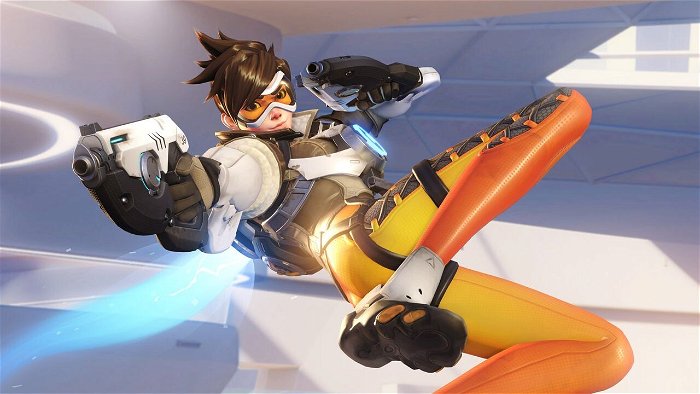
CGM: Will those be character specific? Like you can unlock just a Tracer emote?
Aaron Keller: Definitely, yeah. Or you can unlock the legendary Reinhardt skin, which is like this black heart that’s got a dragon mouth on his chest and they’re really cool looking.
CGM: Do you feel there’s going to be an issue with the box model whereas a lot of other Blizzard games have subscriptions or a lot of expansions? Do you feel there’s going to be a large drop off?
Aaron Keller: I sure hope not. Every Blizzard game, we have different models and business models across all the games, but for us the most important thing for this one is that all the heroes were available to players at launch because we think it’s so important that you can switch heroes in the middle of the game. Our business model is kind of a game design decision. Then there are going to be things that you can buy in game as well, like loot boxes, you can buy loot boxes in game and we’ll see how it goes.
CGM: Was there a point in time in development where you thought, ‘maybe we should do it the League of Legends method where four characters are unlocked at a time for limited play’?
Aaron Keller: Yeah, I mean we talked about a lot of different business models and that was one that we talked about. We never had implemented it that way but as we started play testing the game more and more, we realized that for the game to play its best, you had to have every hero available to you at any moment. So we felt like we couldn’t put any of them behind a pay wall.

CGM: Does the development team have any characters that are really close to their heart? Like, this is the one that we put a lot of our heart and soul into?
Aaron Keller: There is a ton of them like that. Soldier 76 is one of our offensive characters… that did not come out right. He’s not really offensive but that’s a character that our creative director, Chris Metzen, has been working on lore and story for and designs for since he was like in high school. It was cool and special moment for him to get it in the game. Another one of the characters, Tracer, she was the first hero that we created for the game and there was this moment in our reveal cinematic where she’s talking to these two children and she’s like, the world could always need a few more heroes and I still tear up every time I watch that thing.
